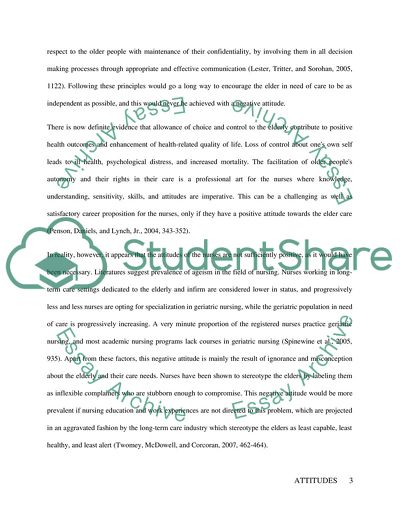Cite this document
(Intensive Care Patients Essay Example | Topics and Well Written Essays - 2250 words, n.d.)
Intensive Care Patients Essay Example | Topics and Well Written Essays - 2250 words. https://studentshare.org/people/1548182-discuss-the-potential-implications-of-the-attitudes-of-the-registered-nurse-towards-the-work-of-caring-for-older-people
Intensive Care Patients Essay Example | Topics and Well Written Essays - 2250 words. https://studentshare.org/people/1548182-discuss-the-potential-implications-of-the-attitudes-of-the-registered-nurse-towards-the-work-of-caring-for-older-people
(Intensive Care Patients Essay Example | Topics and Well Written Essays - 2250 Words)
Intensive Care Patients Essay Example | Topics and Well Written Essays - 2250 Words. https://studentshare.org/people/1548182-discuss-the-potential-implications-of-the-attitudes-of-the-registered-nurse-towards-the-work-of-caring-for-older-people.
Intensive Care Patients Essay Example | Topics and Well Written Essays - 2250 Words. https://studentshare.org/people/1548182-discuss-the-potential-implications-of-the-attitudes-of-the-registered-nurse-towards-the-work-of-caring-for-older-people.
“Intensive Care Patients Essay Example | Topics and Well Written Essays - 2250 Words”. https://studentshare.org/people/1548182-discuss-the-potential-implications-of-the-attitudes-of-the-registered-nurse-towards-the-work-of-caring-for-older-people.


